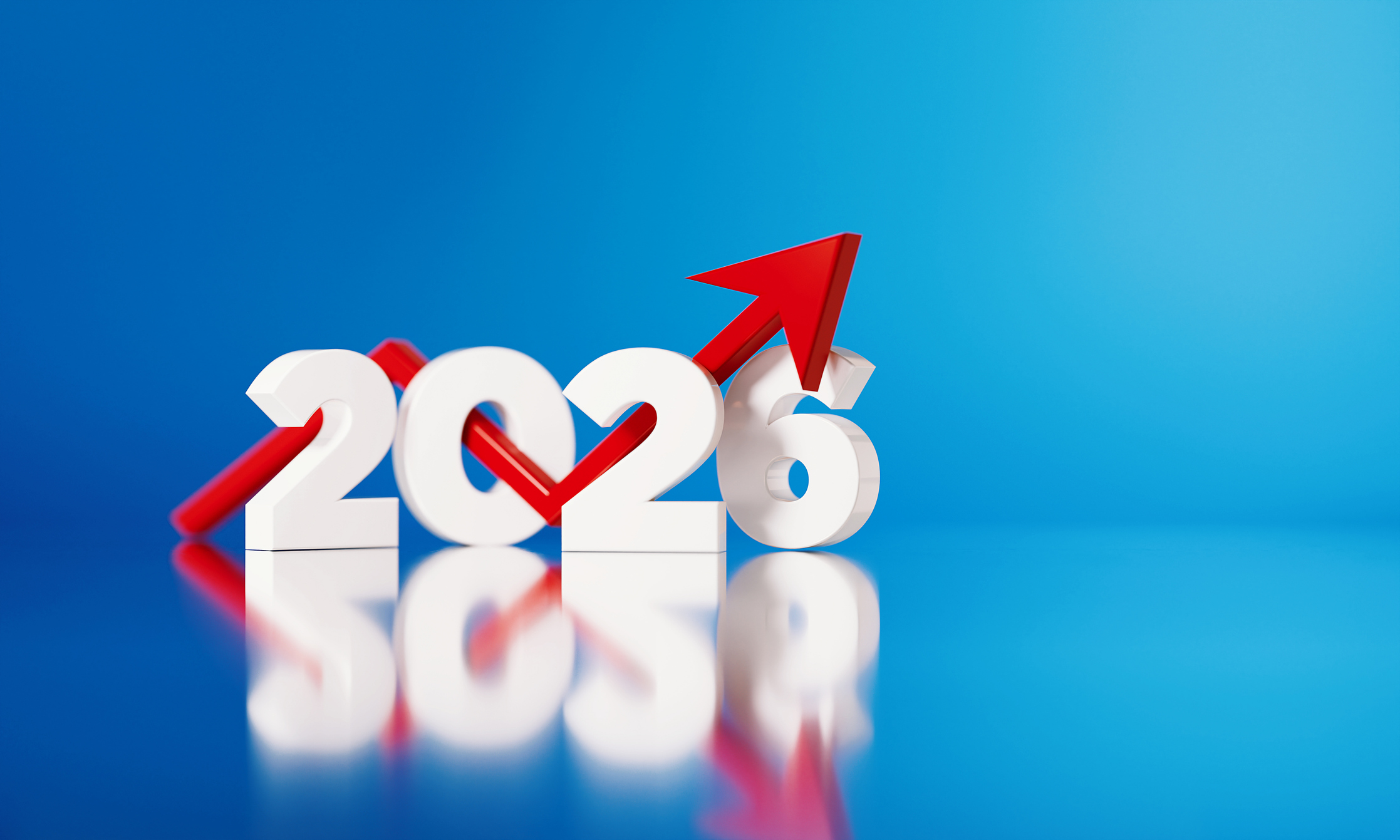Active funds still underperforming passives, despite Trump tariff boost
Active funds are sold as being able to outperform their passive counterparts, but they are reaching new lows compared to passives over the long term


Despite being sold as a means of generating superior returns than the broader market, active funds continue to underperform compared to their passive counterparts.
AJ Bell’s latest Manager versus Machine report shows that just 30% of active funds outperformed passive counterparts during the 10 years to 30 June 2025. That marks a record low since AJ Bell started measuring the data.
During the first six months of the year, stock markets saw considerable volatility given the impact of Trump’s tariffs. That appears to have created an opportunity for skilled active managers to demonstrate their worth: 42% of active funds have outperformed passive equivalents in 2025 to date, a marked improvement on the 35% that did so during the first half of 2024.
MoneyWeek
Subscribe to MoneyWeek today and get your first six magazine issues absolutely FREE

Sign up to Money Morning
Don't miss the latest investment and personal finances news, market analysis, plus money-saving tips with our free twice-daily newsletter
Don't miss the latest investment and personal finances news, market analysis, plus money-saving tips with our free twice-daily newsletter
“It looks like Donald Trump has done what years of toil and sweat have failed to achieve, namely some measure of outperformance from global active funds,” said Laith Khalaf, head of investment analysis at AJ Bell.
The fact remains, though, that active funds have on the whole significantly underperformed lower-cost index funds.
Over the last five years, 26% – barely more than a quarter – of active funds have outperformed passive alternatives.
In which sectors did active funds outperform passives?
While the overall figures show that active funds have tended to underperform their passive counterparts, this wasn’t true of every sector.
Over the first half (H1) of 2025, a small majority of active funds with a Global focus outperformed their passive counterparts. Active funds focused on Japan, meanwhile, strongly outperformed passives on the whole: 68% of active funds that invest in Japan outperformed passive equivalents.
IA Sector | H1 2025 | 5 year | 10 year |
|---|---|---|---|
Asia Pacific ex Japan | 11% | 19% | 31% |
Europe ex UK | 31% | 38% | 39% |
Global | 51% | 16% | 17% |
Global Emerging Markets | 41% | 46% | 56% |
Japan | 68% | 38% | 50% |
North America | 44% | 20% | 15% |
UK | 29% | 27% | 31% |
TOTAL | 42% | 26% | 30% |
Over the last 10 years, actively-managed Japanese funds have a 50% record of outperforming passive equivalents.
“This is the first time since we launched the Manager versus Machine report in 2021 that global active managers have registered anywhere near a win rate above 50% against the passive machines,” said Khalaf. The previous high on this metric was 40% in the five years to December 2021.
Global emerging market funds, meanwhile, saw the highest level of active outperformance over the last ten years, at 56%.
The data shows, though, that there is no IA sector in which a majority of active funds outperformed passives over the past five years.
Which sectors saw the worst active fund performance?
If the strong performance from Japan-focused active funds is filtered out, it has been a grim six months for Asia fund managers. Only 11% of Asia Pacific ex-Japan active funds have beaten the average passive fund so far this year.
UK-focused active managers have also struggled, with just 29% of UK active funds beating the average passive fund.
“This poor performance can largely be laid at the door of mid and small caps lagging behind the big blue chips of the FTSE 100, combined with the fact active managers tend to be underweight large caps compared to a plain vanilla index tracking fund,” said Khalaf.
Active and passive funds: which are better?
AJ Bell’s data appears at face value to suggest that passive funds are a better investment than active funds. But this isn’t necessarily true.
For one thing the data only examines the number of active funds that outperform passives. It doesn’t necessarily reflect the total relative turns of each style. In any sector, skilled active management can potentially lead to far greater returns than the average passive fund.
“Investors can improve their odds of achieving their desired investment outcome by seeking out managers [who] have demonstrated skills in both stock picking and building a portfolio that genuinely differs from the benchmark,” said Matthew Spencer, head of UK retail at Orbis Investments.
“That is particularly important in today’s concentrated markets where passive funds can carry hidden risks.”
Ultimately, individual investors will need to decide between active and passive funds based on their own investment goals and circumstances. Beginner investors who are unsure which funds to add to their portfolio can read our explainer on investment funds for beginners.
Get the latest financial news, insights and expert analysis from our award-winning MoneyWeek team, to help you understand what really matters when it comes to your finances.

Dan is a financial journalist who, prior to joining MoneyWeek, spent five years writing for OPTO, an investment magazine focused on growth and technology stocks, ETFs and thematic investing.
Before becoming a writer, Dan spent six years working in talent acquisition in the tech sector, including for credit scoring start-up ClearScore where he first developed an interest in personal finance.
Dan studied Social Anthropology and Management at Sidney Sussex College and the Judge Business School, Cambridge University. Outside finance, he also enjoys travel writing, and has edited two published travel books.
-
 8 of the best properties for sale with indoor gyms
8 of the best properties for sale with indoor gymsThe best properties for sale with indoor gyms – from a four-storey mews house in London’s Knightsbridge, to a 1920s Arts & Crafts house in Melbury Abbas, Dorset
-
 Top stock ideas for 2026 that offer solidity and growth
Top stock ideas for 2026 that offer solidity and growthLast year’s stock ideas from MoneyWeek’s columnist and trader, Michael Taylor, produced another strong performance. This year’s stocks look promising too